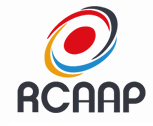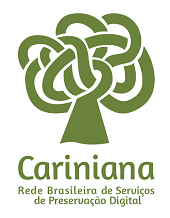Dry matter production and chemical composition of Massai grass submitted to nitrogen rates and cutting heights
DOI:
https://doi.org/10.5433/1679-0359.2016v37n4Supl1p2487Keywords:
Defoliation, Fertilization, Management, Panicum maximum cv. Massai.Abstract
The study was carried out in a greenhouse with a 4X4 factorial arrangement randomized block design in order to evaluate the effects of nitrogen rates (0, 50, 100 and 150 mg dm-3) associated with cutting heights (10, 15, 20 and 25 cm) on dry matter production and the chemical composition of Massai grass. The seeding was done in pots with 11 kg of soil. 10 plants were kept per pot, and there were two cuts every 35 days. Nitrogen fertilization was split between the two cuts, where the first N application occurred after the uniformity cut and the second after the first cut. In each cut the plants were separated and weighed for botanical component evaluation: leaf blade and stem + sheath. After this, the samples were homogenized and analysed for dry matter (DM), crude protein (CP) and neutral detergent fibre (NDF) content. In the first cut, the N fertilization caused a linear increase in DM production of 0.058 g pot-1 per each 1 mg dm-3 of N applied, as well as causing an increase of 0.549% in CP percentage, a 0.0124 pot-1 g increase in CP production and a reduction of 0.055% in NDF. In the second cut, N rates promoted a quadratic effect on DM production. A maximum DM production of 16.48 g pot-1 with 107.27 mg dm-3 of N was observed while CP production content was increased by 0.0092 g pot-1 for each 1 mg dm-3 N applied. In terms of linear responses to DM and PB, as well as the use efficiency calculated for Massai grass, recommended N doses range between 50 and 100 g dm-3.Downloads
Downloads
Published
How to Cite
Issue
Section
License

This work is licensed under a Creative Commons Attribution-NonCommercial 4.0 International License.
Semina: Ciências Agrárias adopts the CC-BY-NC license for its publications, the copyright being held by the author, in cases of republication we recommend that authors indicate first publication in this journal.
This license allows you to copy and redistribute the material in any medium or format, remix, transform and develop the material, as long as it is not for commercial purposes. And due credit must be given to the creator.
The opinions expressed by the authors of the articles are their sole responsibility.
The magazine reserves the right to make normative, orthographic and grammatical changes to the originals in order to maintain the cultured standard of the language and the credibility of the vehicle. However, it will respect the writing style of the authors. Changes, corrections or suggestions of a conceptual nature will be sent to the authors when necessary.















